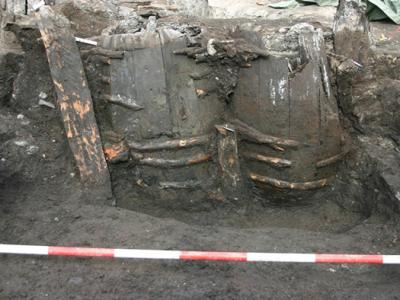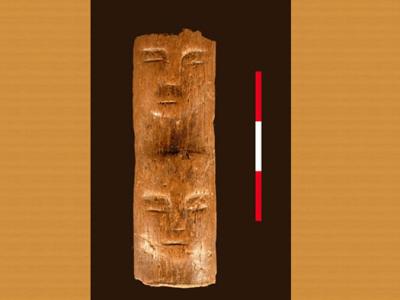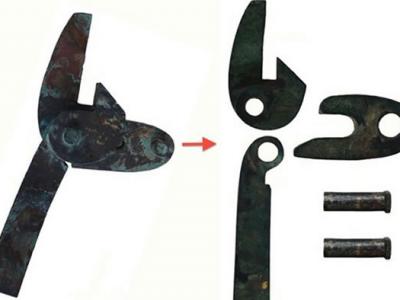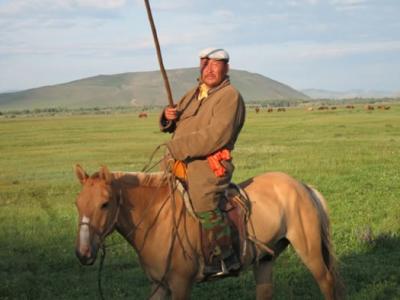Pagan Burial Altar Found in Israel
Bull heads adorning the newfound pagan altar may represent the god Zeus.
Mati Milstein in Ashqelon, Israel
for National Geographic News
Published May 28, 2010
A 2,000-year-old altar where wealthy pagans worshiped has been unearthed in an Israeli cemetery, archaeologists say.
The 24-inch-high (60-centimeter-high) granite structure—adorned with carvings of three bull heads, ribbons, and laurel wreaths—was found May 17 during salvage excavations for a new hospital emergency room in the southern city of Ashqelon (see map).
One of the oldest port cities in the Holy Land, Ashqelon may have been inhabited as early as the Neolithic period, which began around 9,500 B.C.
The prosperous city, which flourished during the Roman period (first and second centuries A.D.), had a strong Hellenistic culture and a sizeable minority Jewish population, according to Yigal Israel, chief archaeologist at the Israel Antiquities Authority in Ashqelon.
The cemetery where the altar was found served Ashqelon's general pagan population, said Israel, who added that altars were "found everywhere, in cemeteries, in town squares, and also in temples."
(See: "Ancient Pagan Temple Found in Israel.")
Pagan Altar a Roman Empire Export?
Worshipers and mourners burned myrrh and frankincense on similarly designed "incense altars" throughout the Roman Empire, Israel noted.
The newfound altar was probably imported to the city from elsewhere in the Roman Empire by an upper-middle-class family and placed at their family burial plot, Israel said.
"Just like you see in today’s cemeteries, well-to-do families in ancient times also showed off in accordance with their style, status, and financial means," he said.
Pagan Rituals Have Modern Ties
The altar's bull heads—a symbol of "strength and power"—probably represented the god Zeus, according to Israel.
At the time Pagans revered the Syrian goddess Atargatis, as well as other gods such as Isis, Apollo, and Hercules.
Pagan burial ceremonies in the Roman period were also similar to modern-day Bedouin and Jewish rituals, Israel noted. (Read about the Holy Land today in National Geographic magazine.)
Designated mourners escorted the family funeral procession to the burial site, where the deceased was laid out amid candles and wafting incense. The body was sometimes covered by burial shrouds, adorned with jewelry, and— in some cases—surrounded by perfumes.
Israel and colleagues also found several family burial structures at the Ashqelon site, including cist tombs—a type of pit tomb overlaid with stone slabs—and a large limestone sarcophagus.












